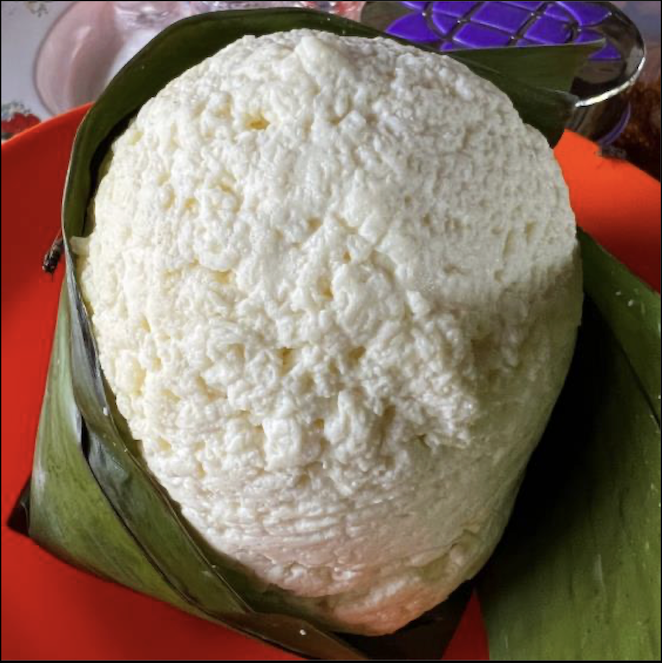



Indonesia annual milk production sees significant drop - GAIN
Milk production declined due to FMD outbreaksIndonesia's domestic milk production significantly dropped in 2023 due to outbreaks of Foot and Mouth Disease (FMD), which began mid-April 2022. Annual production has dropped 35–60%, according to a recent US Department of Agriculture (USDA) Global Agricultural Information Network (GAIN) report. According to Indonesian Dairy Cooperatives Association, GKSI, Gabungan Koperasi Susu Indonesia, the outbreak has caused the death of 11,581 of its members’ dairy cows, bringing the mortality rate to around 4-5%.
The USDA post calculates that domestic milk production has dropped around 48% compared to the pre-FMD production rate. The dairy cooperative’s artificial insemination services resumed in August 2022 and the first calves were born in the second quarter of 2023. However, many cows failed to produce milk upon giving birth due to irreparable damage to internal organs and milk ducts and had to be culled, contributing to the official FMD outbreak mortality count.
The majority of Indonesia’s fresh milk is produced by the members of 59 dairy cooperatives under GKSI while several modern dairy farms produce the remaining balance. The current populations of dairy cooperative cows and modern dairy farm cows are approximately 227,615 and 32,000 heads respectively.
The annual 2023 fresh milk production of the dairy cooperatives and the modern dairy farms are approximately 407,000 (71%) and 164,000 (29%) metric tons respectively, bringing total 2023 production to 571,000 MT. The FMD outbreak decreased the average daily yields of dairy cooperative cows to only 9-10 liters of fresh milk, while the modern dairy farms, which largely avoided the negative impact of the FMD outbreak through better farming management, maintained their daily fresh milk yields at 25 liters per head minimum. These modern dairy farms are vertically integrated dairy farm-processors of liquid milk and small quantities of cheese and cream.
Indonesia’s fresh milk production is concentrated on the island of Java with 99% of total dairy cattle population. There is only one dairy farm in North Sumatera, a subsidiary of the largest dairy processor in Indonesia, which has around 4,000 heads of dairy cows. Another location with a notable number of dairy cows is South Sulawesi with around 1,000 heads of dairy cows, whose milk production is mainly used to produce local fresh cheese called “dangke.”

Currently there is no clear action plan from the Government of Indonesia to restock the dairy cattle population. However, the Permanent Commission for Livestock Affairs of the Indonesian Chamber of Commerce (KADIN), in collaboration with the Indonesian Dairy Processors Association (AIPS), has drafted a plan to increase the domestic dairy cattle population and fresh milk production. The proposal aims to recover the domestic fresh milk production back to the pre-FMD production amount by importing 17,889 pregnant heifers within three years to increase the dairy cattle population by 70,000 heads in five years.
Assuming an 18-month calving interval, 12 liters-per-day milk yield, and a 60:40 female-to-male calf sex ratio, the proposal projects an additional daily production of 384 MT of fresh milk by the fifth year. The plan has selected 25 dairy cooperatives to take 45% of the imported heifers while several private dairy farming companies will take the remaining 55%.
During a recent assessment trip to Indonesia, the US Livestock Genetics Export (USLGE) found interest among private dairy farming companies and a few dairy cooperatives in importing around 24,000 heads of US dairy cattle. Even if the dairy cooperatives and private companies receive dairy cattle allotments from the KADIN/AIPS plan, there would still be unmet import demand for around 15,000 heads of dairy cattle remaining.
Australia is currently the only country approved by the government of Indonesia to export dairy cattle. Other countries such as Brazil, Denmark, and the United States are reportedly in the process of obtaining approval to export dairy cattle to Indonesia.
Based on communication with the GKSI and several primary dairy cooperatives, Post understands that dairy farmers can only afford to buy heifers at a maximum price of IDR 25 million ($1,600) per head, while the current price of an imported heifer from the US can be as high as IDR 65 million ($4,200) per head. KADIN/AIPS is looking for alternatives to ensure the success of its plan as it is not likely the government of Indonesia will be able to subsidise 50% of the purchase price.



